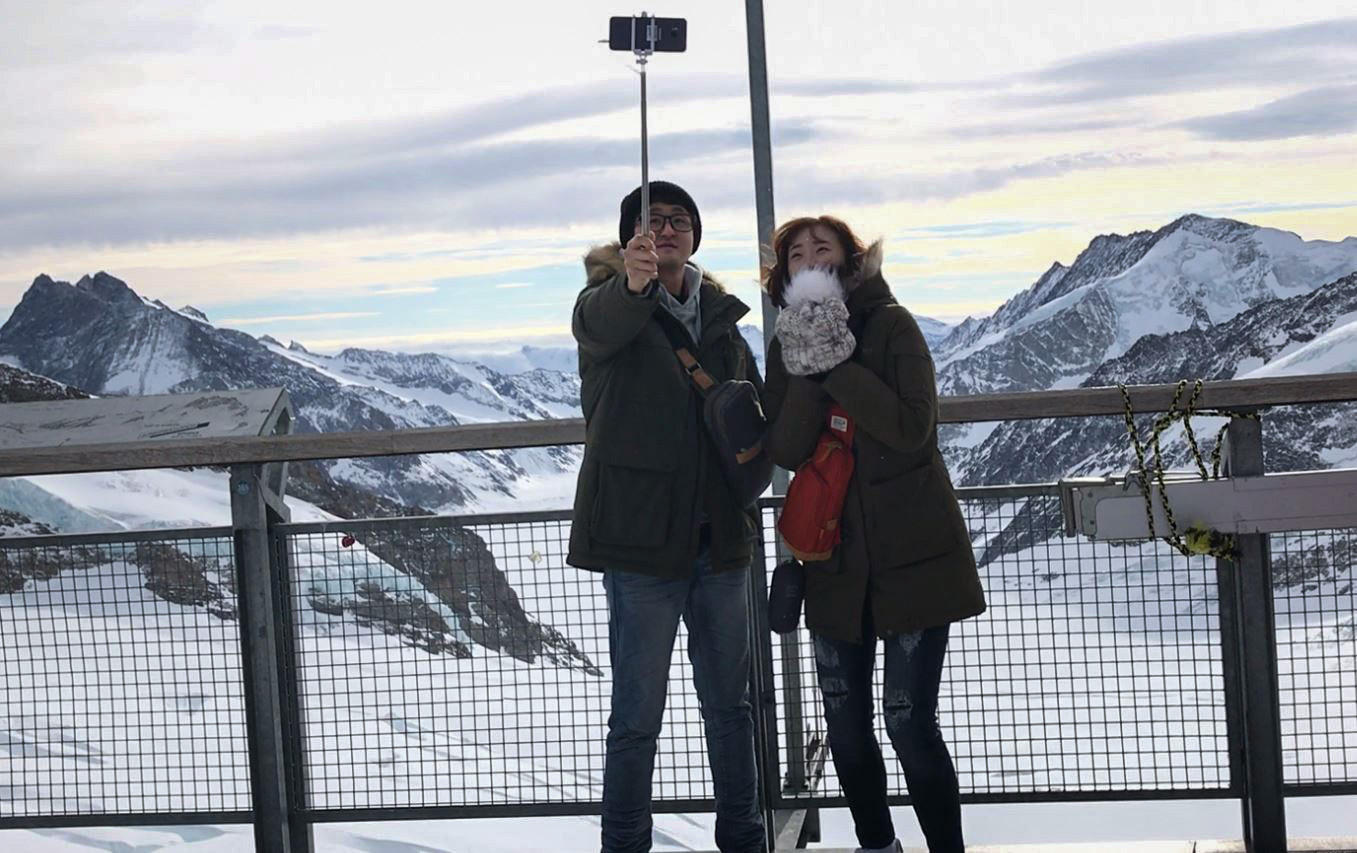

Once a ‘playground’ for the few, the Alps are now an amusement park for all
In 1959, Disneyland unveiled its version of the Matterhorn mountain, albeit 100-times shorter than the iconic Swiss peak. Half a century on, the amusement park has come to the mountains: Swiss alpine resorts are installing rides and other attractions on their slopes.
“The mountains are exquisitely beautiful from whatever points of view we contemplate them… pasturages deep in flowers, and dark pine forests with the summits shining from far off… every step of an ascent has a beauty of its own,” wrote 19th century intellectual and mountaineer, Leslie Stephen, in his book, “The Playground of Europe”.
Stephen penned the work in a period for alpine tourism that can now be described as an age of innocence. If you could afford the time to come to the Alps, walking or climbing was a pastime from which few drew any financial benefit. An early sign that things might change was a visit to the Alps in 1868 by Queen Victoria.

More
How Queen Victoria transformed the Swiss tourism industry
“You can see, especially in Lucerne, a lot of things called Victoria. Hotels started being built like palaces. So we have Hotel Bristol, Hotel Victoria – this connection to Britain was very important and a lot of Britons came here,” Christoph Lichtin, who organised an exhibition on the British monarch’s Swiss tour, told swissinfo.ch.
In the 2nd half of the 20th century when skiing became a popular pastime thanks to the widespread installation of ski lifts and gondolas alpine tourism became a multi-billion-dollar industry.

More
Reaching new heights with Swiss cable cars
To this day, around 80% of revenue in Swiss alpine resorts is generated in winter. But for alpine tourism to survive as skiing becomes less popular partly due to warmer winters caused by climate change, resorts are seeking to diversify. Some, like the company that runs the lift infrastructure in and around Grindelwald, have unveiled amusement park-like attractions to encourage visitors to spend as much money in summer as they would in winter for a ski pass.
I keep readers up to date on any new “Disneyfication” trends in my regular “Letter From The Alps” newsletter.

More
Newsletters
Pioneering mountaineers like Stephen would be appalled by the gargantuan infrastructure now being installed to move more people even faster up and down the mountain, and even closer to rocky faces where once only top climbers dared to venture. Modern-day alpinist Dan Moore asks whether new, high-speed lifts named the V-Cableway will herald the death of the last vestiges of untouched terrain surrounding the iconic Eiger North Face.

More
V-Cableway: Grindelwald’s construction controversy
The company operating the V-Cableway want to boost the number of visitors travelling to the region’s biggest tourist attraction, the Jungfraujoch – a railway station complex complete with an observation deck, access to a glacier and an ice sculpture exhibition, at 3,454 metres above sea level (11,332 ft).
When photographer Hans Peter Jost returned to his native Switzerland after many years abroad, he was struck by the huge footprint we’ve left on the Alps. He found scenes usually associated with popular cities.

More
Alpine queuing: join the crowds
And how are the most basic necessities of tourists provided for at high altitude? My colleague Anand Chandrasekhar went to the top of the Jungfraujoch to find out.

More
What happens when you flush the toilet at Europe’s highest railway station?

In compliance with the JTI standards
More: SWI swissinfo.ch certified by the Journalism Trust Initiative
















![The four-metre-long painting "Sonntag der Bergbauern" [Sunday of the Mountain Farmers, 1923-24/26] had to be removed by a crane from the German Chancellery in Berlin for the exhibition in Bern.](https://www.swissinfo.ch/content/wp-content/uploads/sites/13/2025/12/01_Pressebild_KirchnerxKirchner.jpg?ver=bb19e376)














